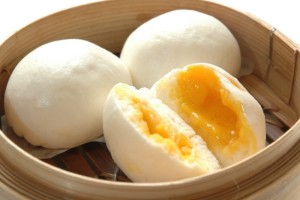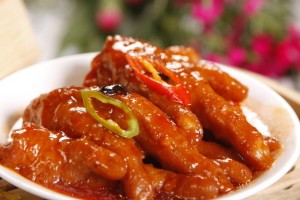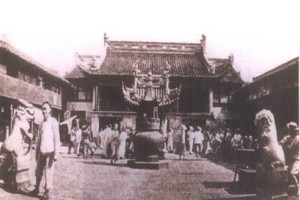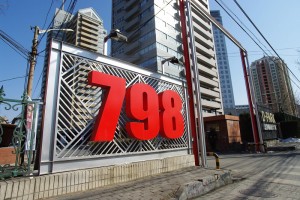Cantonese morning tea
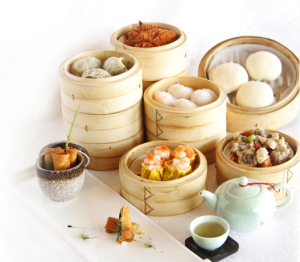 Zao Cha, or morning tea, is the typical morning activity in the daily life of Canton people . When you waking up in the morning with the singing of the birds, having a cup of tea to refresh breath and oneself, tasting snacks to stimulate a good appetite, it is really a fantastic life!
Zao Cha, or morning tea, is the typical morning activity in the daily life of Canton people . When you waking up in the morning with the singing of the birds, having a cup of tea to refresh breath and oneself, tasting snacks to stimulate a good appetite, it is really a fantastic life!
By:Yangshangrong 130307212 Class 4
Brief introduction
When I Checked the previous photo, i can see a girl was eating the Chicken feet and smiling. Her mouth still covered with brothes. So Hilarious! Yes,that’s me. Maybe it was my first memory about morning tea. As a cantonese, morning tea is not only a diet, moreover it is a special habit for us. Until today,when I go home, my mom will call my aunt and meet together. It is a opportunity to narrow our distance. Sure,to our teenager,we won’t interested in the topic which they talk about,we always taste the delicious food.
Let’s talk about the morning tea. When referring the traditional Canton culture, morning tea culture can not be missed. On the morning of weekends especially some holidays, Cantonese will begin their morning tea activity. Generally, the morning tea will be joined by a whole family or a group of good friends. In Cantonese idea, morning tea is an enjoyable thing which can spend leisure time and relax selves thoroughly.
Thus the name “morning tea”, tea is the necessary part. Morning tea prefers to take the black tea because it functions to warm the stomach and be advantage for digesting. The common tea used in morning tea will be oolong tea, tieguanyin tea, pu ‘er tea. The black tea is in a little bitter taste and not as crystal as the green tea, but it is the golden pair for snacks in morning tea.
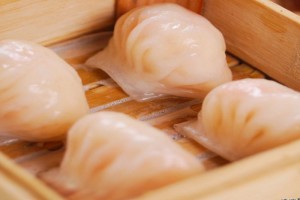 Snacks Served in Morning Tea
Snacks Served in Morning Tea
Actually morning tea refers to dim sum,a Cantonese term referring to small Chinese dishes,accompanied by tea.So having morning tea is also called “eating morning tea”in Guangdong.
There are two kinds of morning tea – the solid ones and the liquid ones. The solid ones can be Chinese dumpling, steamed buns, glutinous food, etc, and the liquid ones can be porridge, guiling jelly, beancurd jelly, etc.
Compared with solid ones and liquid ones, the former ones can be regarded as the highlight of Canton morning tea. For example, the representative – shrimp dumpling (you can find this dish in any restaurant that serves morning tea in Guangdong,and it can be regarded as a simple of authentic Guangdong restraunts). The transparent dumpling wrapper with the shrimp materials inside will bring you a fresh taste. Besides, the egg tart which can be found in some high-end restaurants will let you have an unforgettable feeling when enjoy it.
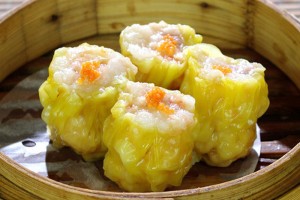 Origin of morning tea
Origin of morning tea
Morning tea culture now is not only popular in Canton area, but also an oversea trend because of the more and more overseas Chinese. It is easily to find Canton morning tea restaurants in New York or Los Angeles, even in the remote islet in South Pacific Ocean.
When it comes to the source of the Cantonese morning tea,it often dates back to Qing dynasty which can be traced back to more than 150 yeas ago.At that time, there was a simple teashop called “one house”,offering tea and snacks for those seeking refreshment,which had a board with “tea word” on the door. Later on, with the boom of commerce on Guangdong,more and more businessmen needed a place for social activities.Teahouses soon began to emerge and developed gradually into tea restaurants.
Although with the rapid development of the economy in Guangdong Province,this kind of traditional culture was still excellent maintained,and now it becomes a beautiful scenery line and the great symbol in Cantonese leisure life.
For more information please clip here.
